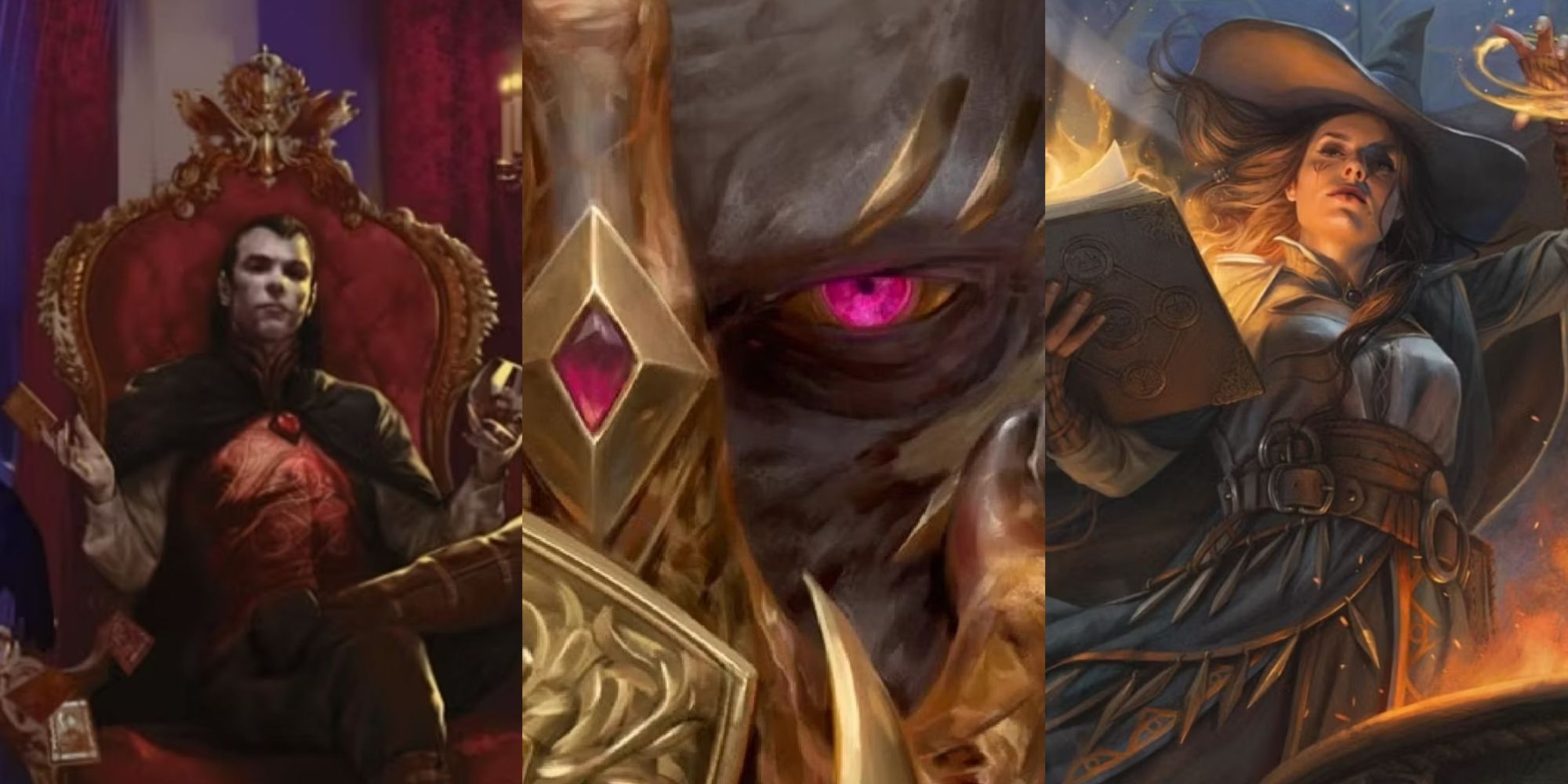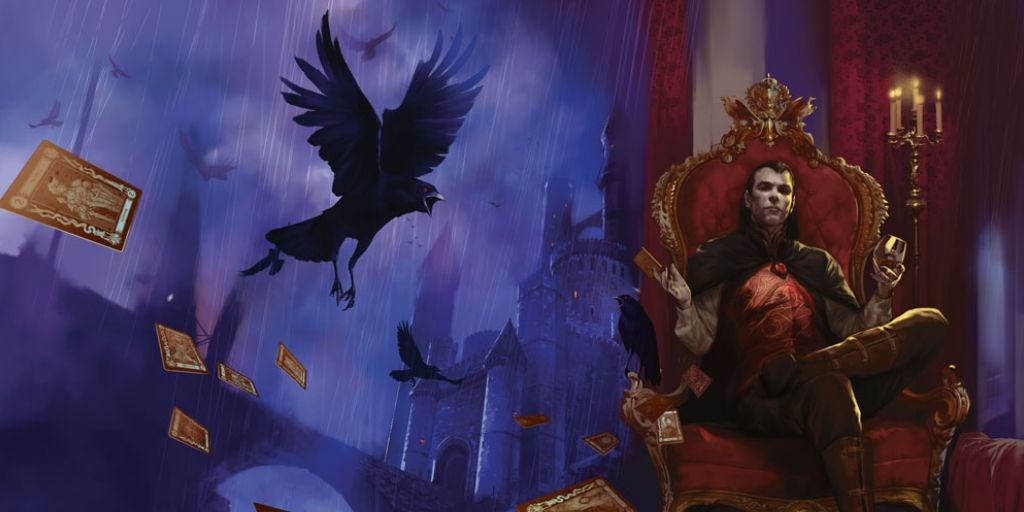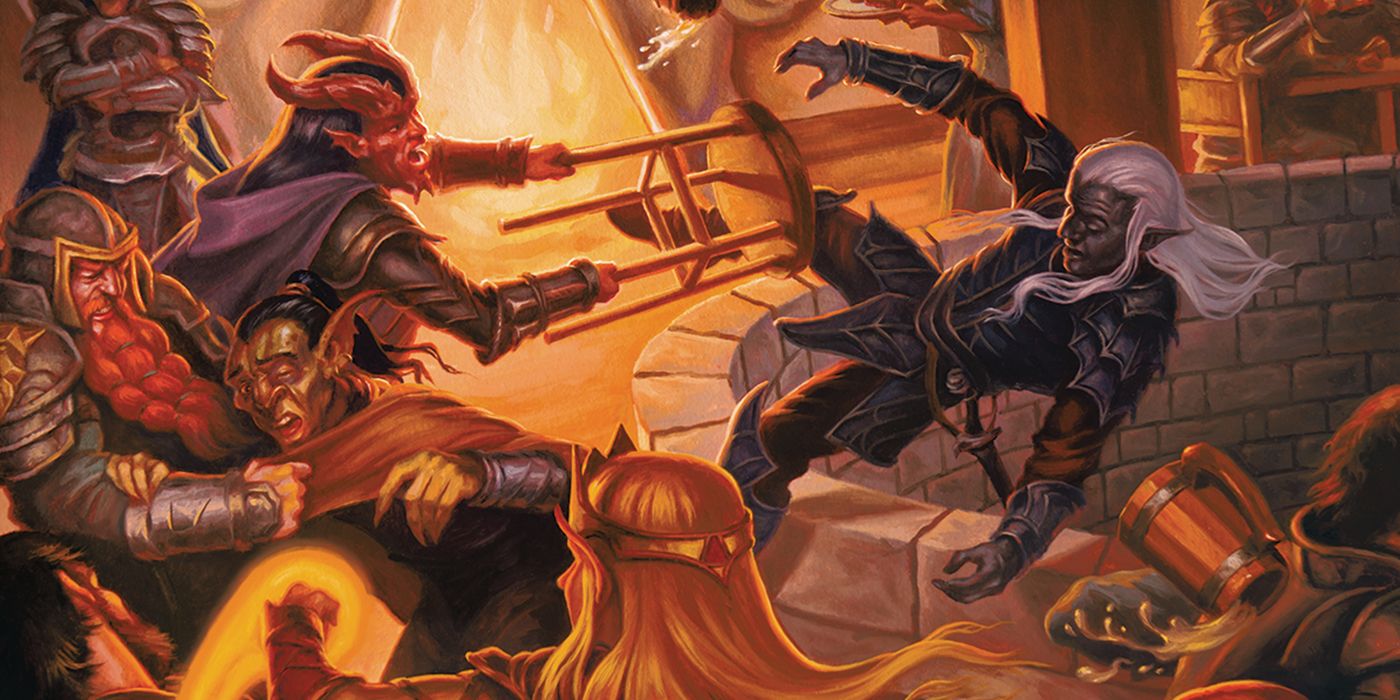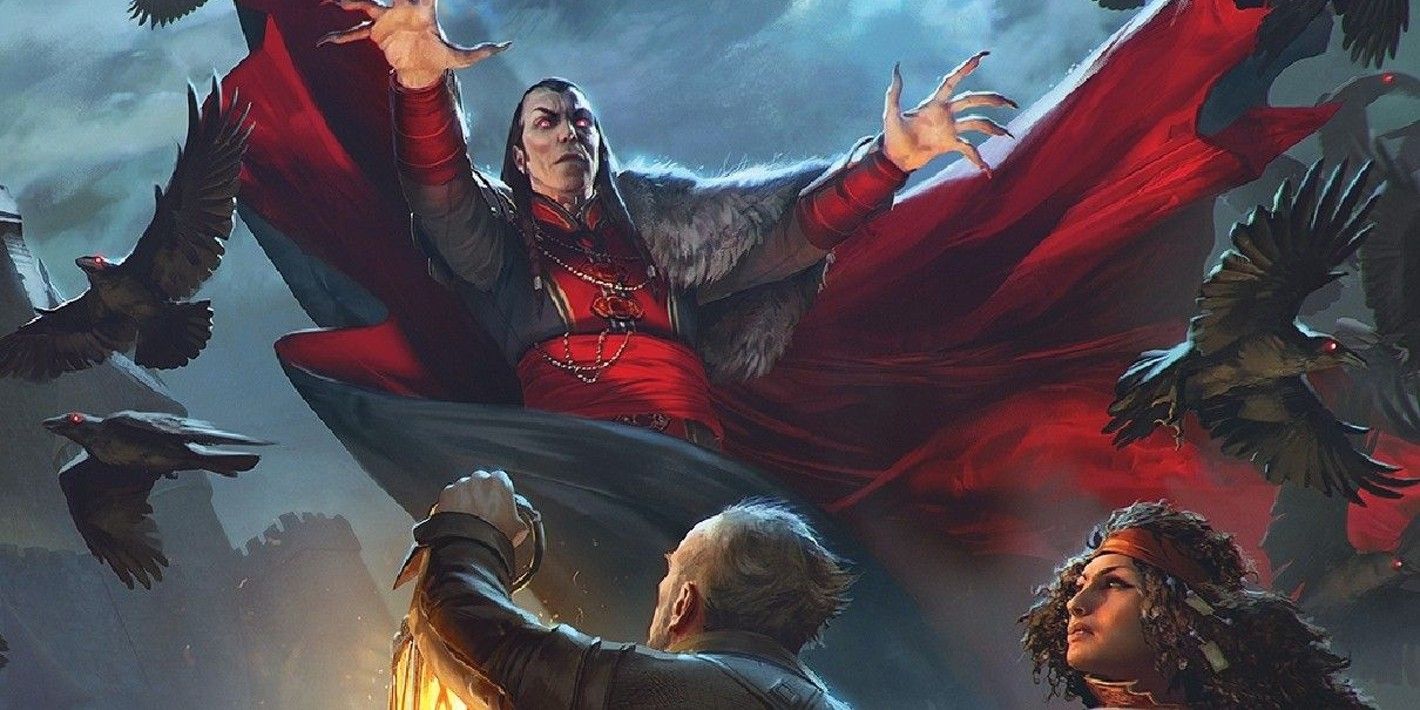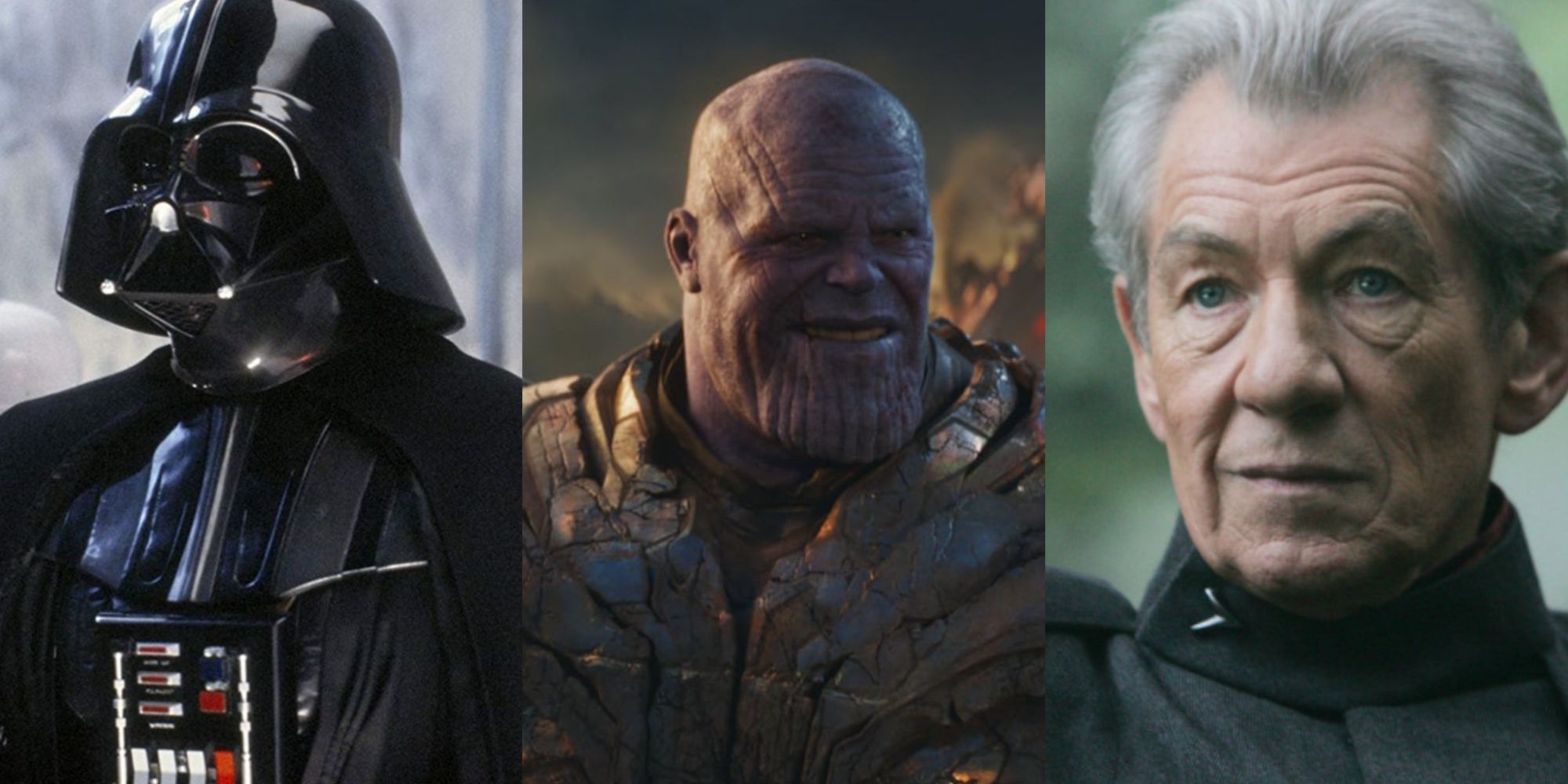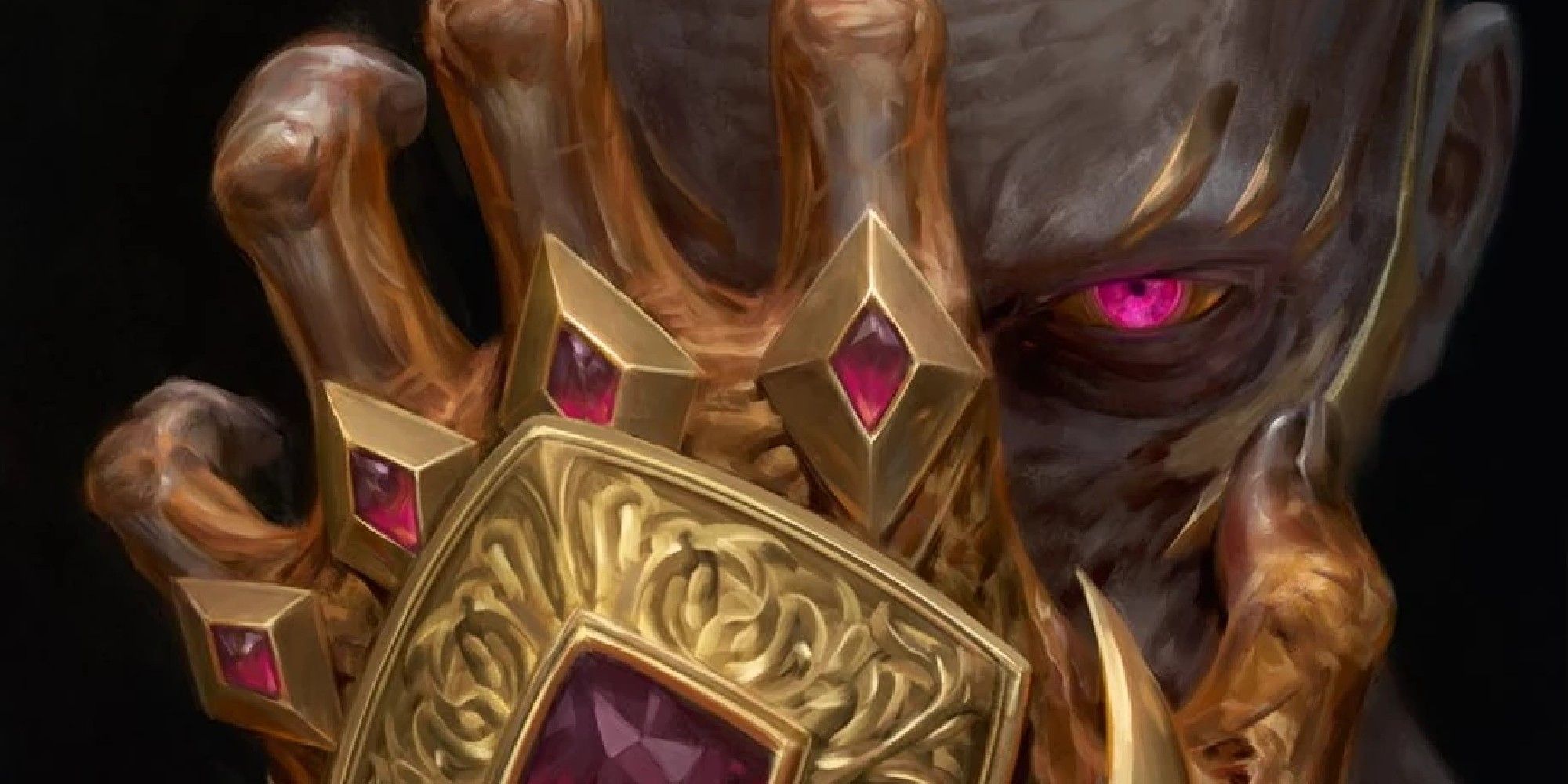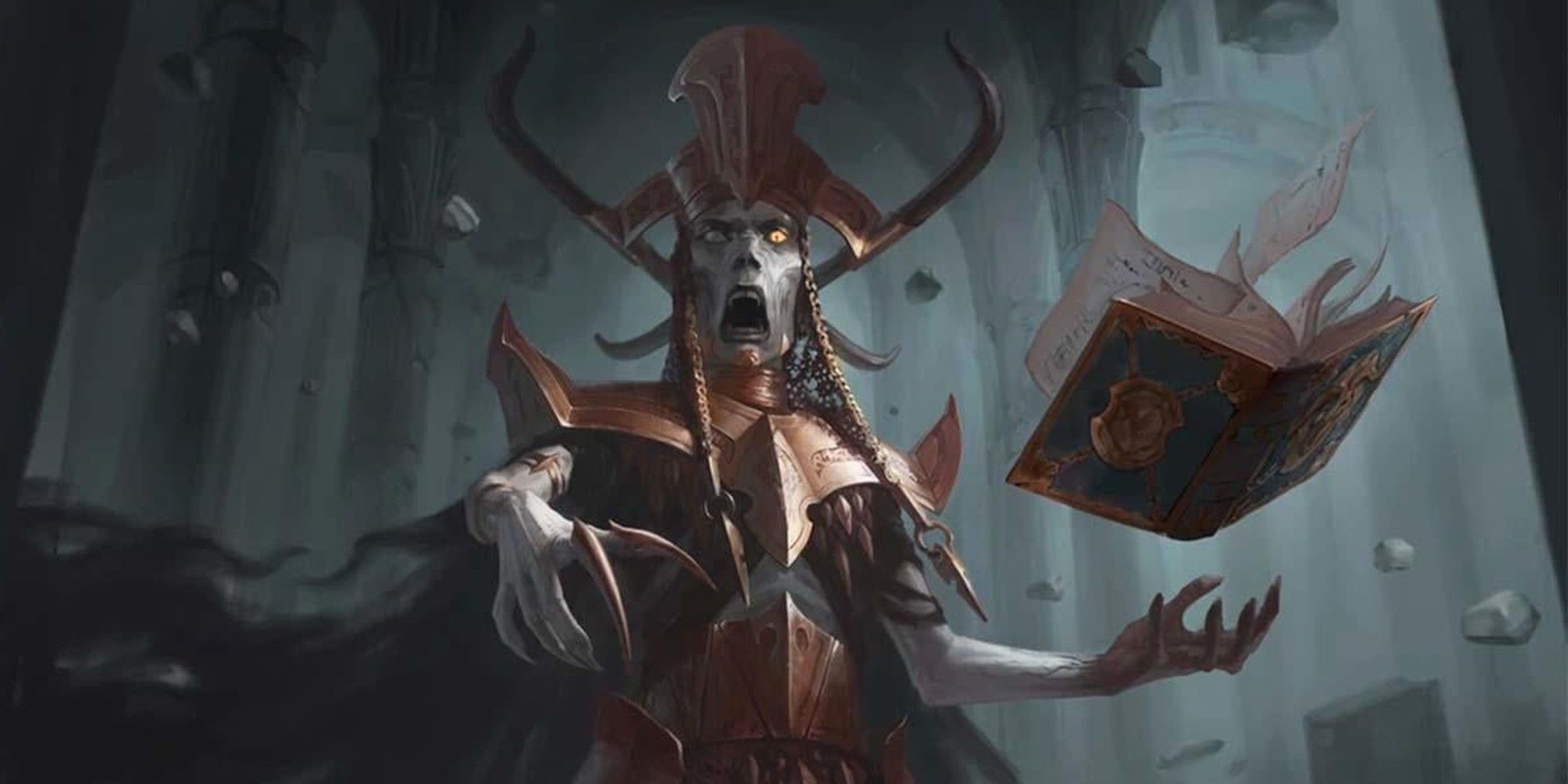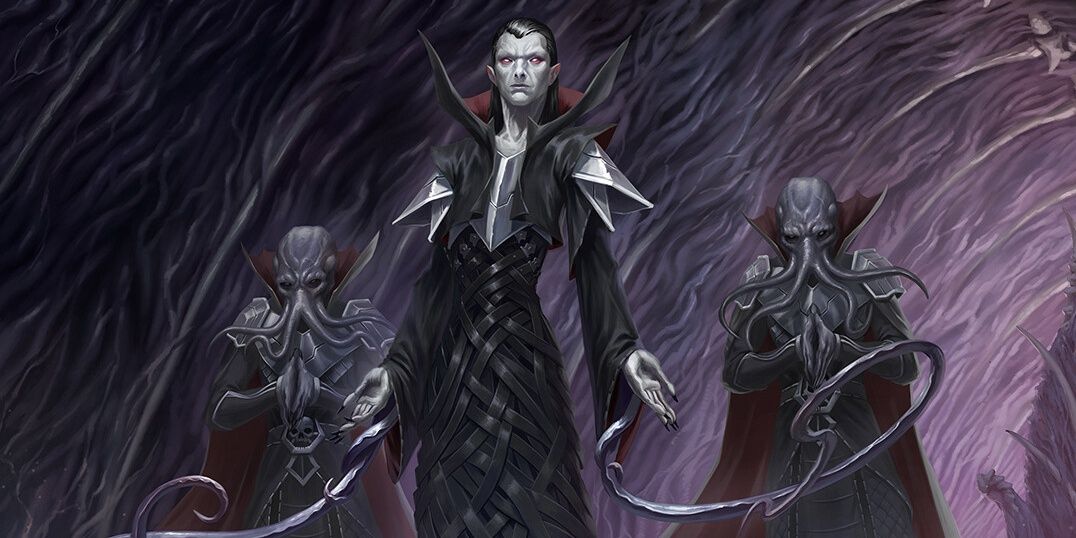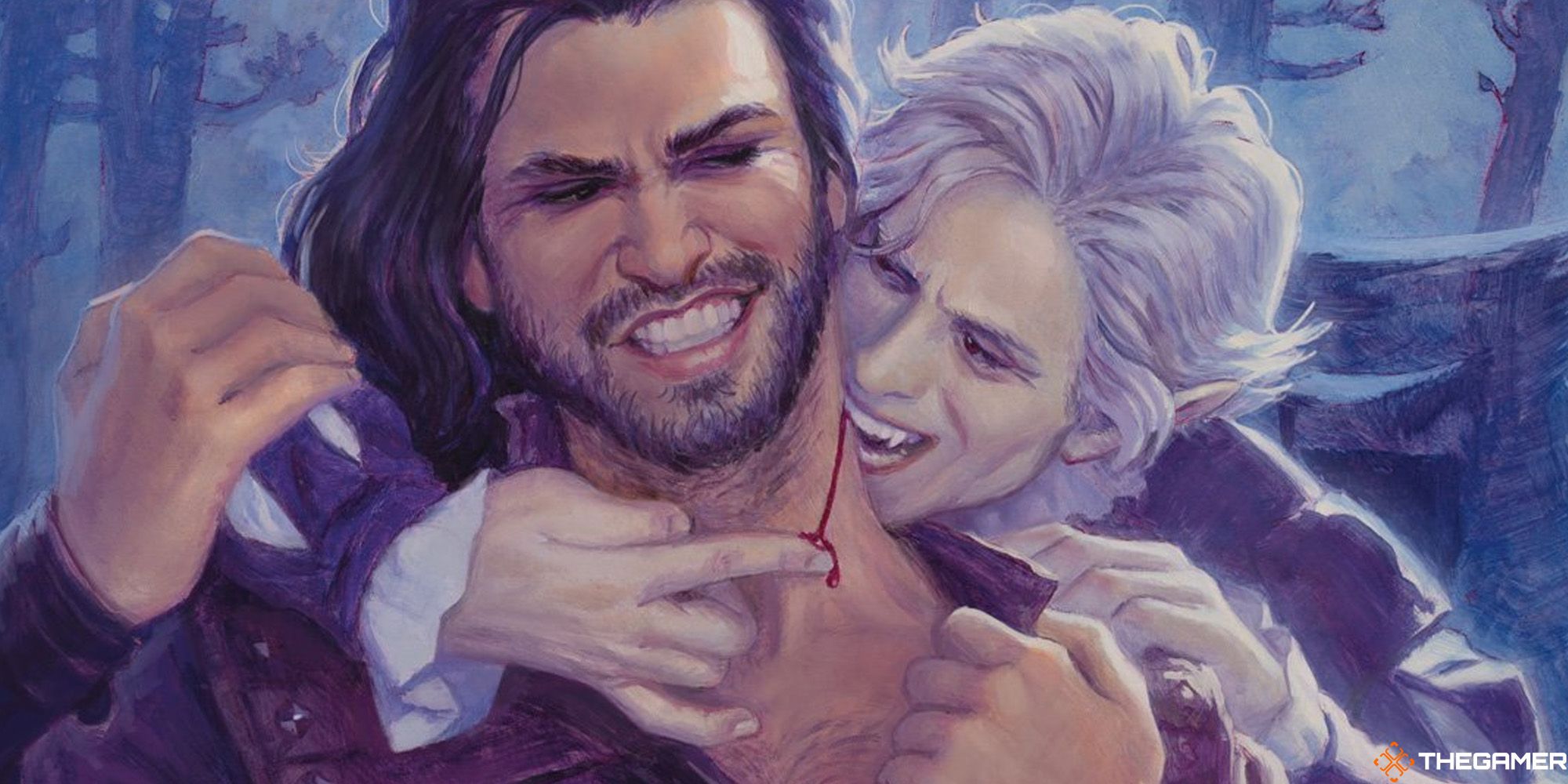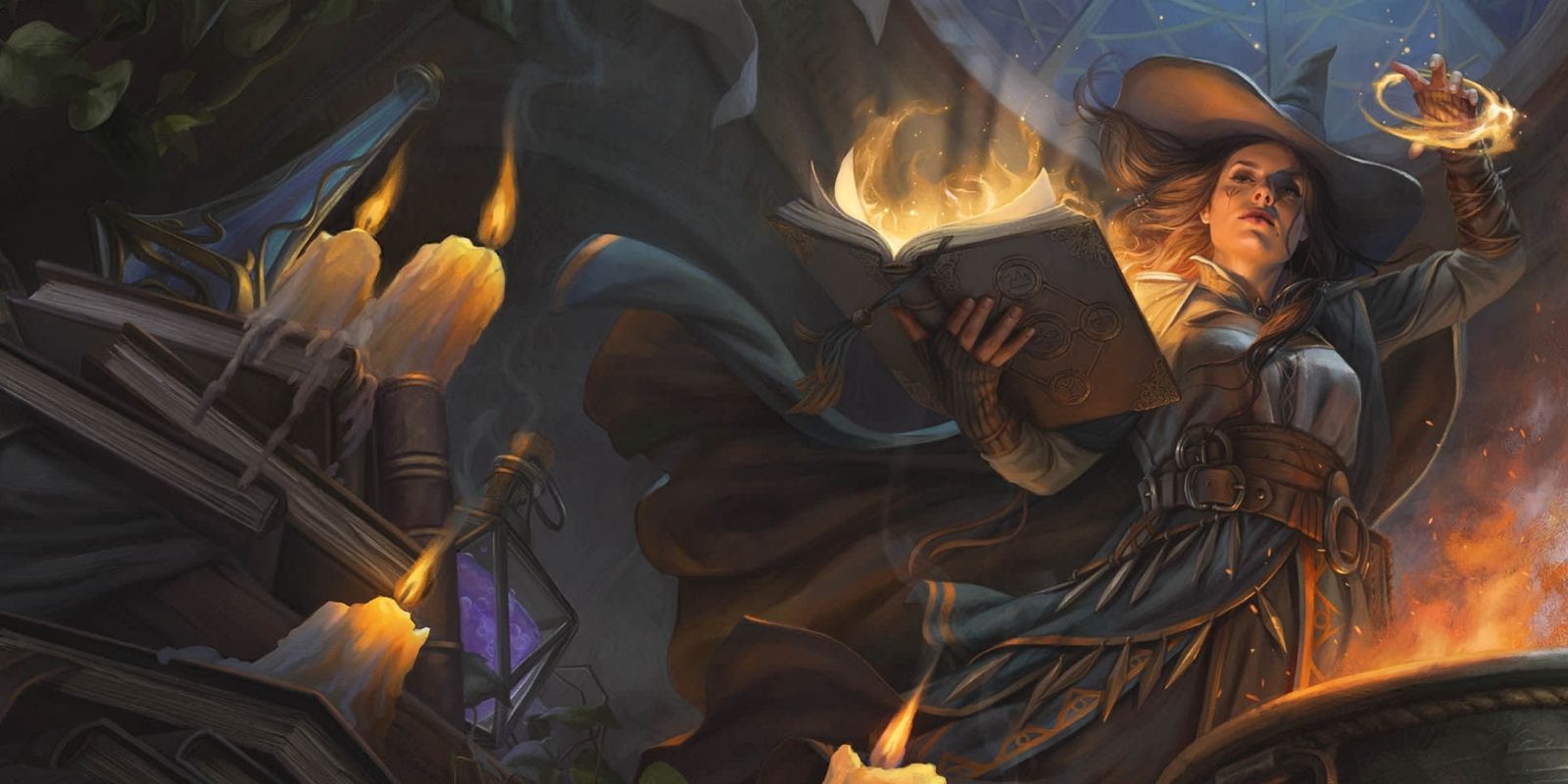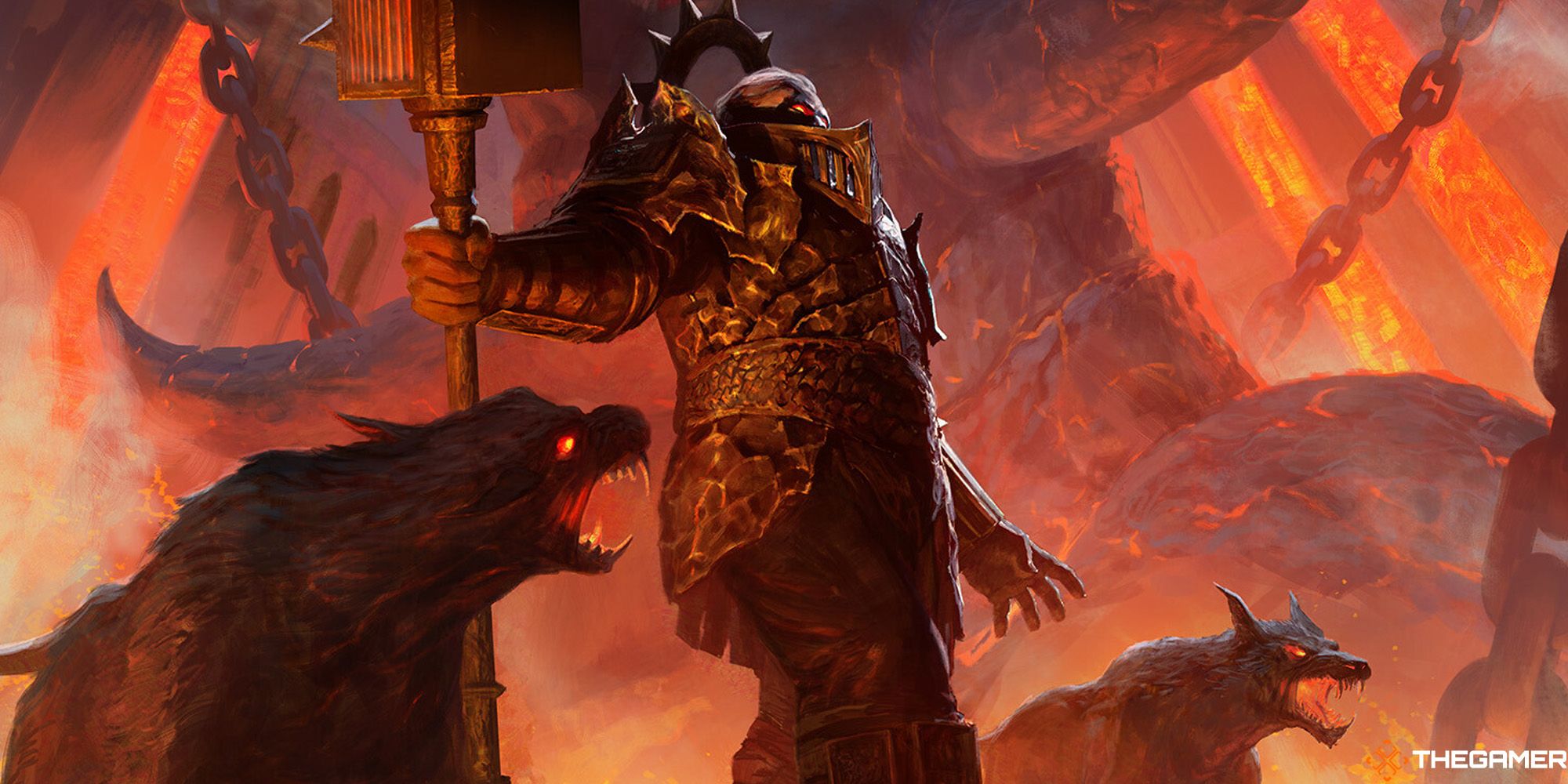A hero is only as good as their villain, or so they say. When you have a party of adventurers messing around with your world, you need quite a powerful foe to oppose them. Dungeons & Dragons offers many interesting villains with backstories and character sheets, but whether you're using them or creating your own bad guy, it falls to you to make them memorable.
Here, we'll talk about how to improve your big bad, at least in terms of roleplaying. These are the things you can do to make your players hate the villain they're fighting against, making them formidable opponents for the adventures ahead.
10 Basic Tips
Roleplaying can be a difficult thing to do, especially at first. It's okay to take your time in this matter. Don't worry about introducing your big bad that early in the campaign; lesser villains will help you practice and see what draws your players' attention.
Giving your character a distinct voice is also interesting. It doesn't need to be anything extreme, but considering that the voice (and body language) is the only thing your players will not imagine but actually witness, it can make a difference. This can be talking slower or faster, a simple accent, or whatever makes your players recognize who you're roleplaying. Be careful not to make them goofy though, unless it fits the character. Do some random voices when you're alone, as it can help you get the gist of it.
9 Be Annoying
Probably the most straightforward thing you can do, given you're the main opponent they'll fight against. So, your appearances have to come with problems as well. Showing up to the party means you are going to give them new obstacles or scale up problems they already had to deal with before the big bad showed up.
It's also okay to be annoying in terms of personality. Be arrogant, mock them, insult them. The big bad is here to make their lives miserable, meaning that you have to be a constant nuisance for them. Alternatively, even if you want the big bad to be more polite and sophisticated, they still need to put the group down. Otherwise, they might start liking your big bad and even befriend them. That could be a good opportunity for betrayal later, though, depending on what you're going for.
8 Be Present
Though not impossible, it's really hard to make your players get attached to a character that rarely shows up. Revealing your big bad only during the final fight can be underwhelming — unless it turns out that this big bad is an NPC they believed to be friendly, then it can be a good twist.
If not, it's best to make your big bad present during the campaign. It doesn't need to be every session, but somewhat constant. They can appear through dreams, or magical communication, or they can literally pop up occasionally. Alternatively, you can show areas affected by the baddie, showing the consequences of facing them on the world itself through the inhabitants.
7 Use References
If you want to learn how to portray a villain, you can use references. There are many villains from popular media for that — just search for one that more or less behaves how you want your villain to be. You can use them as a reference for how you talk when roleplaying, their personality, and goals, and you can combine traits from different characters to make your villain.
You could make a terrifying force of evil such as Darth Vader or Thanos, or someone with good intentions but terrible methods, like Magneto. There are many intriguing villains out there, and it's more than okay to steal borrow them as inspiration.
6 Think Of Their Motivation
Why is the bad guy the way they are? What drove them to their current behavior, and what is their endgame? It doesn't need to be a complicated story, especially because while the players will likely learn the motivation, the backstory will probably be to yourself, not them.
But giving the villain a proper backstory and more importantly, a motivation for what they do, will make them more consistent and allow them to act like a person and not just a character. And it'll allow you to make more genuine improvisations with the baddie because you'll be more confident about how they'll react to different situations.
5 React To Their Actions
A stale enemy is not interesting. If your players are messing up with their plans, do something about it. Send stronger minions to hunt the party down. Go after NPCs they care about (more on that later). Don't let them go unpunished for messing with you.
Sure, beware of how much your big bad knows about the group to act accordingly. If they don't know where the party is, for example, you need to figure out a logical way for them to find out. That also shows the boss is constantly keeping an eye on and doing something about the adventurers, making them a more active threat.
4 Beat Them (Gently)
Taking a page out of the Hero's Journey, a common guide for adventure storytelling, having your baddie defeat them once when the party's level is still not enough to fight the boss is a fun way to make things more personal. However, this is a harder trick to pull off here compared to movies.
A DM can easily make enemies that are impossible to beat, but it's unfair to kill a player by putting them in an impossible fight. If you intend to beat them just to raise the stakes, make sure they'll survive the encounter somehow, or give them options, such as making it clear they need to run away. Trapping them in a TPK (total party kill) they can't do anything about is unfair game design. You can always use the famous trope of having the baddie let them live because they just don't see the party as a threat.
3 Make It Personal
Epic fights to save the world are always fun, but personal connections make everything more intriguing. You can always create a big bad for your world, but why not use an unlikable NPC one of your players created for their backstory? Or why not target the characters' friends and family if they start to get in your way constantly?
Alternatively, in case all your players have created a personal nemesis in their backstories, you can have multiple baddies in the world, and they can even help one another due to having the same group of people as their enemies. A party of heroes against a party of villains is a fun concept too.
2 Take Their Agency (Sometimes)
Another thing that can be a bit tricky, but pays off well. A DM should never take players' agency in the story and their choices. But a villain should take the heroes' agency in their choices. Put them in situations where every choice is bad from time to time, and show them that it's the baddie's doing.
Save the NPC they like or save a bunch of innocent people? Or threaten them to an obvious trap they can't refuse because you hold the cards. Two situations will likely happen when you force them in a moment such as this — they'll either submit to what the bad guy is saying, thus making them more menacing, or they'll come up with something you didn't think of and outsmart the baddie, which is very satisfying for the players. Either way, the story will be better for it.
1 Session Zero
What does a session zero have to do with making a villain? Well, one thing that is always important to talk about with your players is boundaries. Villains are responsible for horrible stuff, and not everyone is on board with that.
Talk to your players about how far is too far, and if there's anything they don't want at the table, for example extremely gory scenes. It's up to you if you'll make a more cartoonish villain, like Dr. Cortex or Bowser, or someone who's truly despicable, like Ramsay Snow. You need to know where the line is in your group of players.

